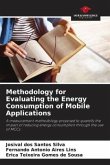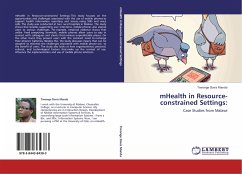Wireless Sensor Networks are a valuable technology to
support many applications in different areas.
Participating nodes in these networks are inherently
resource constrained, since they have limited
processing capabilities, storage, communications
speed and bandwidth, and mainly they usually have
limited power supply. One of the most complex
scenarios is a Visual Sensor Networks (VSN), which
include cameras as sensing devices. This kind of
sensor networks has different processing and network
requirements. These requirements are associated with
the application of the visual sensor network
performance (e.g. image/video acquisition frequency,
processing and transmission), but they have a huge
impact on the node lifetime. Energy consumption
trade-offs in power constrained networks in general,
and in visual sensor networks in particular, are
addressed in this work.
support many applications in different areas.
Participating nodes in these networks are inherently
resource constrained, since they have limited
processing capabilities, storage, communications
speed and bandwidth, and mainly they usually have
limited power supply. One of the most complex
scenarios is a Visual Sensor Networks (VSN), which
include cameras as sensing devices. This kind of
sensor networks has different processing and network
requirements. These requirements are associated with
the application of the visual sensor network
performance (e.g. image/video acquisition frequency,
processing and transmission), but they have a huge
impact on the node lifetime. Energy consumption
trade-offs in power constrained networks in general,
and in visual sensor networks in particular, are
addressed in this work.








